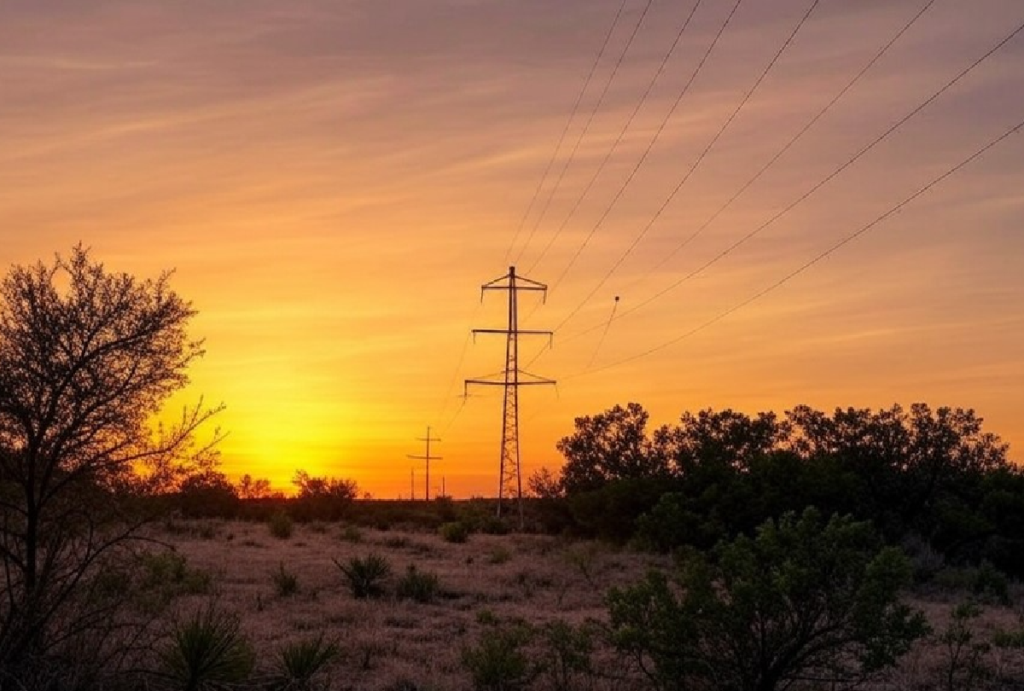
(Reuters) – U.S. public power utilities are seeing explosive electricity demand from data centers, with some requests exceeding the total energy currently used by all of their customers combined, CEOs and investors in the not-for-profit power sector said this week.
Big Tech’s data center power demand has created an opportunity to grow revenues and investments in the country’s long-stagnant power industry, but the record build-out of energy-intensive server warehouses comes with fresh risks, market participants said at the Large Public Power Council Financial Conference in New York.
“We’re seeing exponential growth,” said Oklahoma’s Grand River Dam Authority CEO Dan Sullivan. He said there was about 2,000 megawatts of demand, mostly from data centers, seeking to connect to his utility’s roughly 2,000 megawatt system. “They’ll scale as fast as you’ll let them, or that they have the ability to do.”
Chelan PUD, which operates in Washington state, has about 1,400 megawatts of mostly data center demand looking to connect to the utility’s system, which averages about 200 megawatts, general manager Kirk Hudson said in a panel discussion.
Chelan PUD has significant surplus hydropower, Hudson said, but is navigating how to support data centers while keeping rates low, ensuring system reliability, and preserving local control.
Public power utilities, which commonly enter 40-year contracts with municipal customers, face unique challenges in adapting to the fast-moving data center market.
The proliferation of data centers – some large enough to consume the same amount of electricity as a mid-sized U.S. city – is raising concerns about potential power shortfalls or overbuilding.
Public power utilities have the advantage of being able to issue tax-exempt municipal bonds to fund infrastructure and are exploring how to structure agreements for data centers to avoid stranded costs – the risk of building capacity for customers who later walk away.
“The ask from hyperscalers and data center developers is beyond anything public power – or the utility market – has ever seen,” said John Murphy, director at PFM Financial Advisors. “How these projects are financed will be key to managing risk.”29dk2902l
OLD RULES, NEW ISSUES
Public power groups are generally unable to enter into long-term data center power contracts, which are widely used in the for-profit power sector, without jeopardizing the tax status of their entire portfolios. That has led public utilities to issue short-term agreements that can complicate long-term infrastructure planning, said industry executives, who are seeking clarity on rules that govern so-called private use contracts from the U.S. Treasury.
“We need these rules to be modernized,” said Javier Fernandez, CEO of the Omaha Public Power District. “In order for me to protect residential customers from rate shock, I need to have a long-term contract with these data centers.”
Jason Pollack, executive director of government and institutional banking at Wells Fargo, said utilities are also grappling with uncertainty around the costs and wait times for equipment to build infrastructure.
Reporting by Laila Kearney in New York; Editing by Nia Williams
Share This:




 CDN NEWS |
CDN NEWS |  US NEWS
US NEWS 































